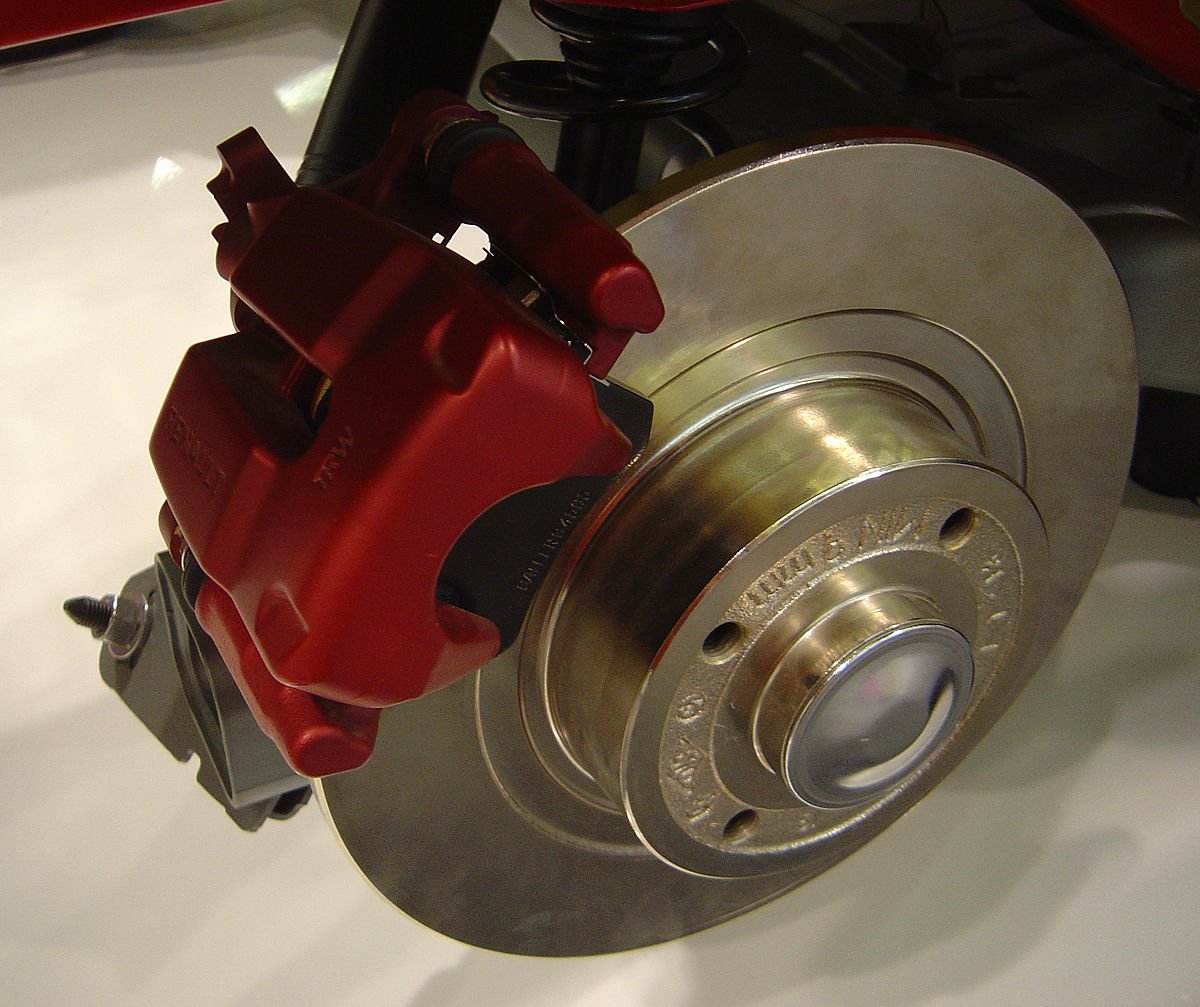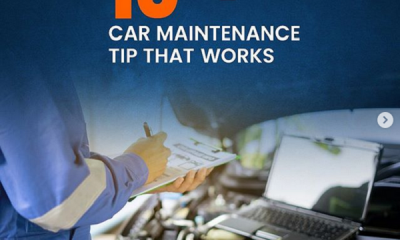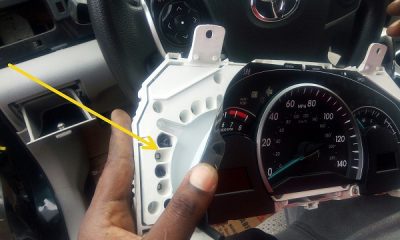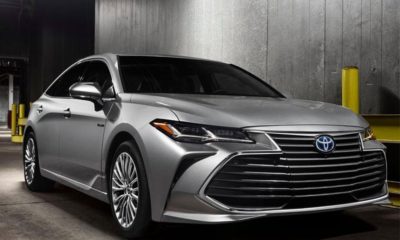
The beauty of technology is that it performs most of our tasks without our knowledge. There are many times our cars could have skidded off the road when we apply emergency brakes. Thanks for sensors that ensure we stay out of trouble. There are times we need to take split second decisions in order to avoid dangers. Example: when a “danfo bus” directly ahead of you, without warning, suddenly stops to pick a passenger; when that daring looking truck in the bid to beat the traffic crosses the road and you are so close to hitting it; when you misjudge the depth of a pothole and need to avoid it by all means; etc. In these scenarios, what every experienced driver will impulsively do is to apply his brakes and if need be, swerve away from the obstacle at the same time.
Conventionally, when we apply emergency braking, there are chances that the wheels get locked (stops rotating) and the vehicle may lose stability and steering ability. If the wheels are not rotating, it is impossible to steer our car out of trouble. The Anti-lock Braking System ensures that the wheels don’t get locked up when we apply our brakes. Chrisdiary.com has put together some facts you need to know about Anti-lock Braking System (ABS) and they are listed below:
#1 Fact: Not all cars are equipped with the ABS technology. ABS has been around for over 20 years but the fact is that not all cars built within this period have Anti-lock Braking technology. For some car companies, it was an option that you had to buy while ordering your vehicle. To check if your car has ABS, switch on your ignition and watch out for an ABS indicator light. However, if the ABS indicator is off or the hydraulic indicator is constantly switched on, take your car for a checkup !
#2 Fact: ABS releases your brake. In conventional braking system, experienced drivers know when their wheels are about to lock and subsequently, release their foot from the brakes to prevent the wheels from locking and car from skidding.The driver is able to have full control of steering. In ABS enabled vehicles, the releasing of the brakes is automated by a system which detects when the wheels are about to lock and a series of hydraulic valves which limit or reduce the braking on that wheel. To make sure you don’t skid off the track, ABS ensures uniform application of brakes on all wheels.
#3 Fact: ABS does not activate all the time. Hey! I mean when you brake normally as you would when you need to slow down for the red traffic light or park your car in the garage, the ABS will not be triggered. The ABS only comes on when you match the brake pedal hard enough to trigger it in cases of emergencies. In other words, the Anti-lock Braking system works when it is needed.
#4 Fact: Apply steady and hard pressure. Of course, nobody goes on to apply the brakes hard just for the fun of it. Steady and hard pressure is needed to activate the ABS and most times, we do it reflexively. Resist the temptation of pumping your breaks if you must use ABS. Pumping method is used in older vehicles where the driver is trying to prevent the wheels from locking.
#5 Fact: Sitting position is vital. In an emergency situation, you may need both hands to be on the driving wheel and you do not want your left foot to lie idle under your right foot. You would want it to press the ‘dead’ pedal or the Clutch (if you are driving manual) to push you back to your seat. This will put you in a better position to apply the brakes harder.
#6 Fact: Noise and Vibrations are normal. When your ABS is triggered, it is normal to experience vibrations or pulsations on the brake pedal. The vibration is as a result of the upward and downward movement of the pedal caused by the automated application and releasing of the brakes to ensure that the wheels don’t get locked up. Other effects are groaning noise, periodic dropping of the brake pedal, a hard or non compliant brake pedal, an indicator on the dashboard. All these signs are normal and shows that the ABS are in good working condition . However, if you hear a squealing sound each time you apply your brakes normally, it could be an indication that your brake pads are dead and you should consider servicing it.
#7 Fact: An ABS enabled car does not mean a shorter stopping distance. The stopping distance for a conventional braking system and an ABS braking system on both wet and dry roads is about the same. The advantage of the latter over the former is its on-road stability and steering ability when we apply emergency or automatic braking.
As we can see, ABS has a lot of advantages over the conventional braking system. We should however not abuse the privileges. We should always be on the lookout for any possible dangers and ensure we apply our brakes early to avert it.
Please use the comment box below for your opinions and ensure you share this article with your friends. Thanks for reading!
Credit chrisdiary
See Related Post Must Read!!! Brake Pedals Are Going Into Extinction As Cars Will Start Having Just One Pedal

 News1 week ago
News1 week ago
 News7 days ago
News7 days ago
 News5 days ago
News5 days ago
 Celebrities Auto1 week ago
Celebrities Auto1 week ago
 News1 week ago
News1 week ago
 News5 days ago
News5 days ago
 Concept Cars1 week ago
Concept Cars1 week ago
 Celebrities Auto6 days ago
Celebrities Auto6 days ago














Dapson
September 11, 2017 at 11:13
Excellent write up !